-
What Is ‘Ludic Reading’?
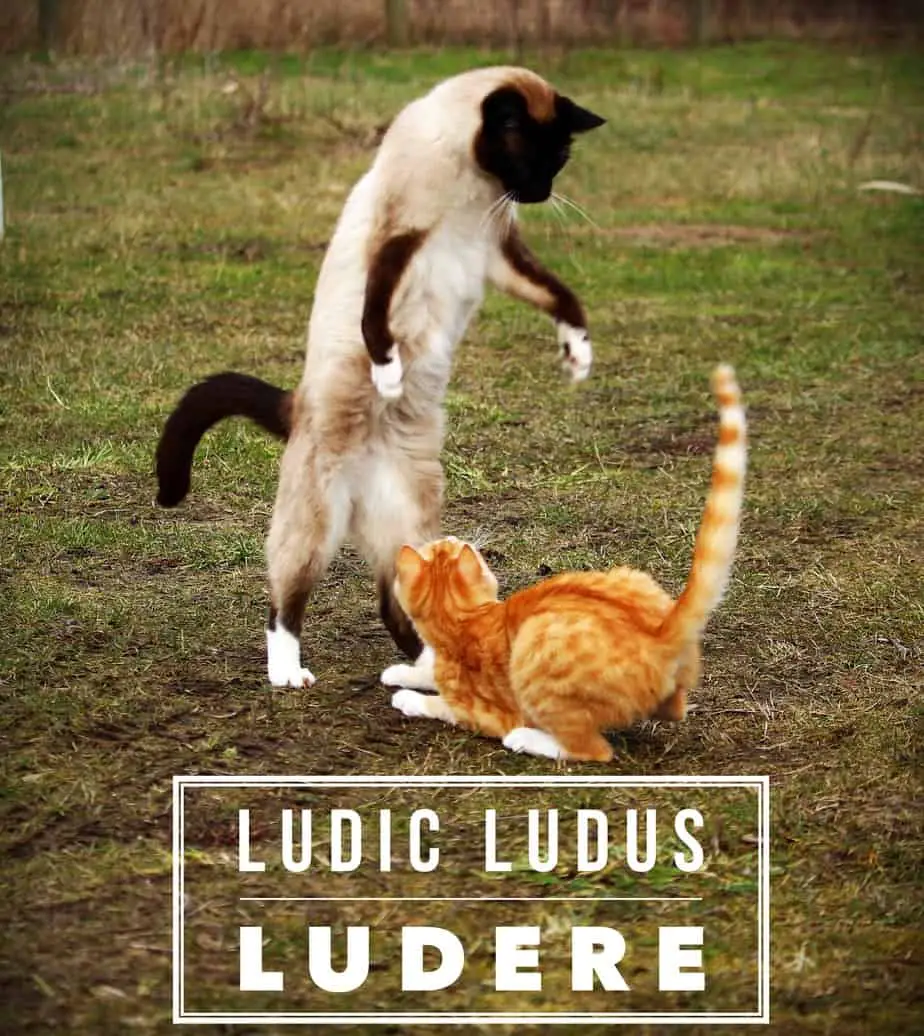
‘Ludic’ or ‘absorbed’ reading is a virtually trance-like state in which readers willingly become oblivious to the world around them. The term as used here comes from Hugh Crago and Victor Nell. This is by no means a universal phenomenon — some readers read like this, others can’t. I have always felt that the art
-
American Childhood From The Late 19th Century
American methods of child-rearing were far more lenient than in Britain. Although American ladies’ journals began to promote slenderness and weight control for women in the 1890s, it wasn’t considered necessary to restrict the diet of children. Medical experts advised parents to make sure their children — particularly boys — were not underweight. Between-meal snacks
-
English Childhood in the 18th and 19th Centuries
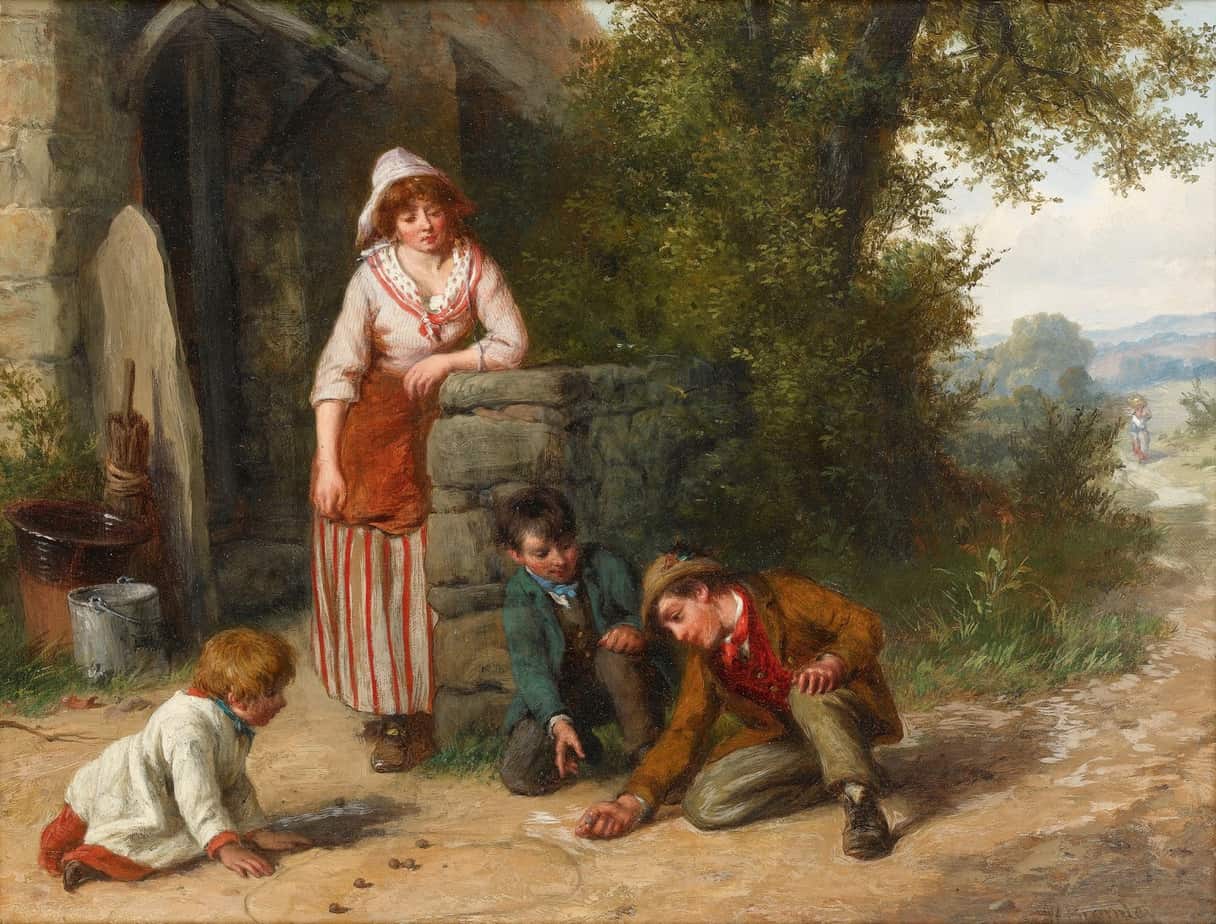
How was childhood different in 18th and 19th century England? The following points describe middle and upper class family life at that time. Children of the rural labouring classes relied for reading material on cheap chapbooks Chapbooks were passed from family to family School library books were all of the “goody goody, Sunday-school prize type”
-
Comparative Children’s Literature: The United States of America
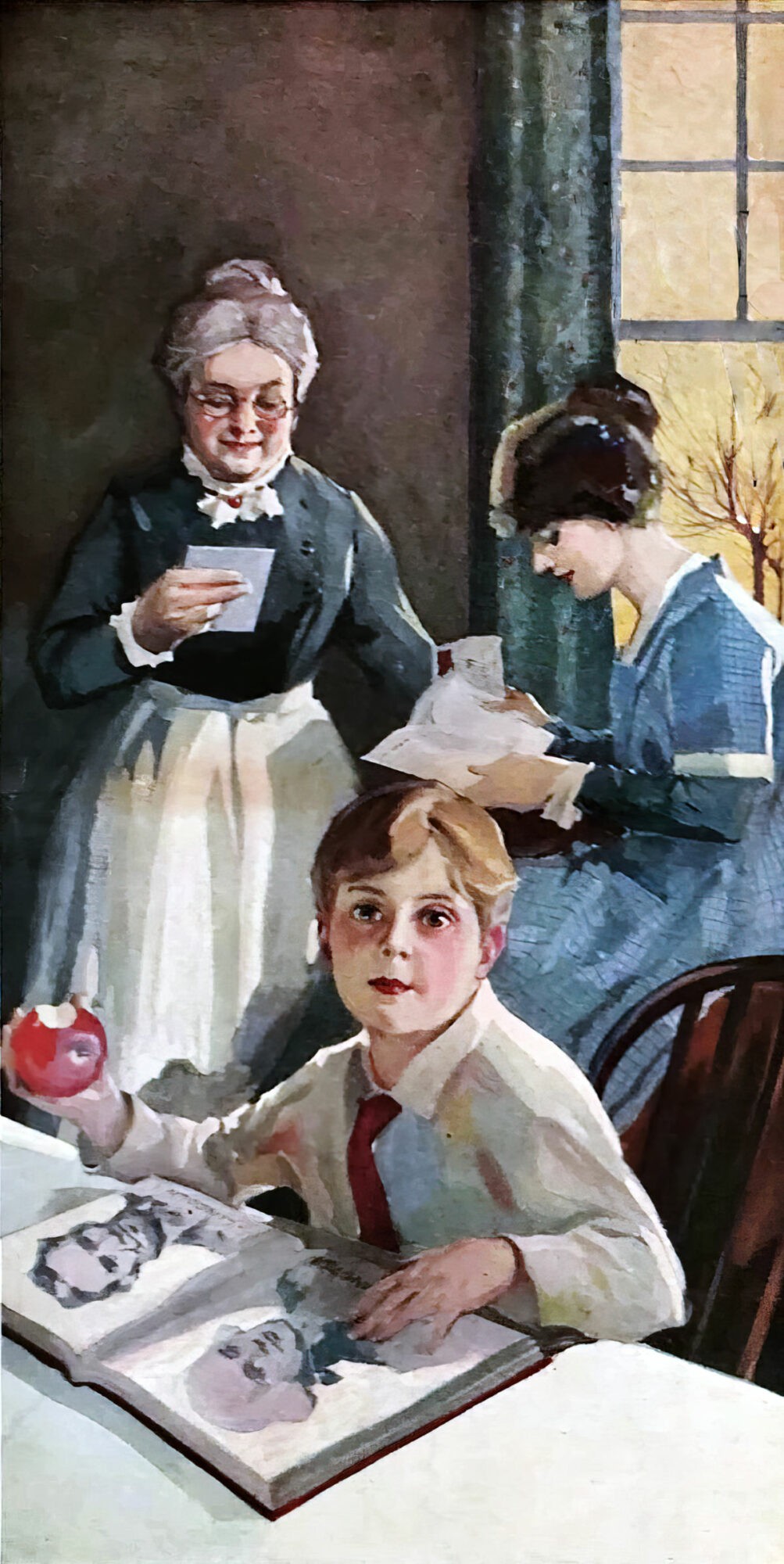
Best Loved Books
-
Comparative Children’s Literature: Britain
Best Selling Children’s Books In Britain A.A. Milne’s Winnie-the-pooh stories in the 1920s Peter Pan, which few children find readable today, was the first novel in which ordinary children enter a magic world and have an adventure there – something that readers of Alice in Wonderland, The Chronicles of Narnia, Harry Potter and His Dark
-
Chick-Lit and Similar Genre Terms
chick-lit: a sometimes derogatory term for literature aimed at women, about single women in their twenties who are looking for love trick-lit: “Trick Lit is the term [Seth Godin invented] for a chick lit novel that pretends to be something else, hoping to rope people in with an interesting premise. 30 pages later, you discover
-
Who Wants To Be A Poodle I Don’t by Lauren Child Analysis
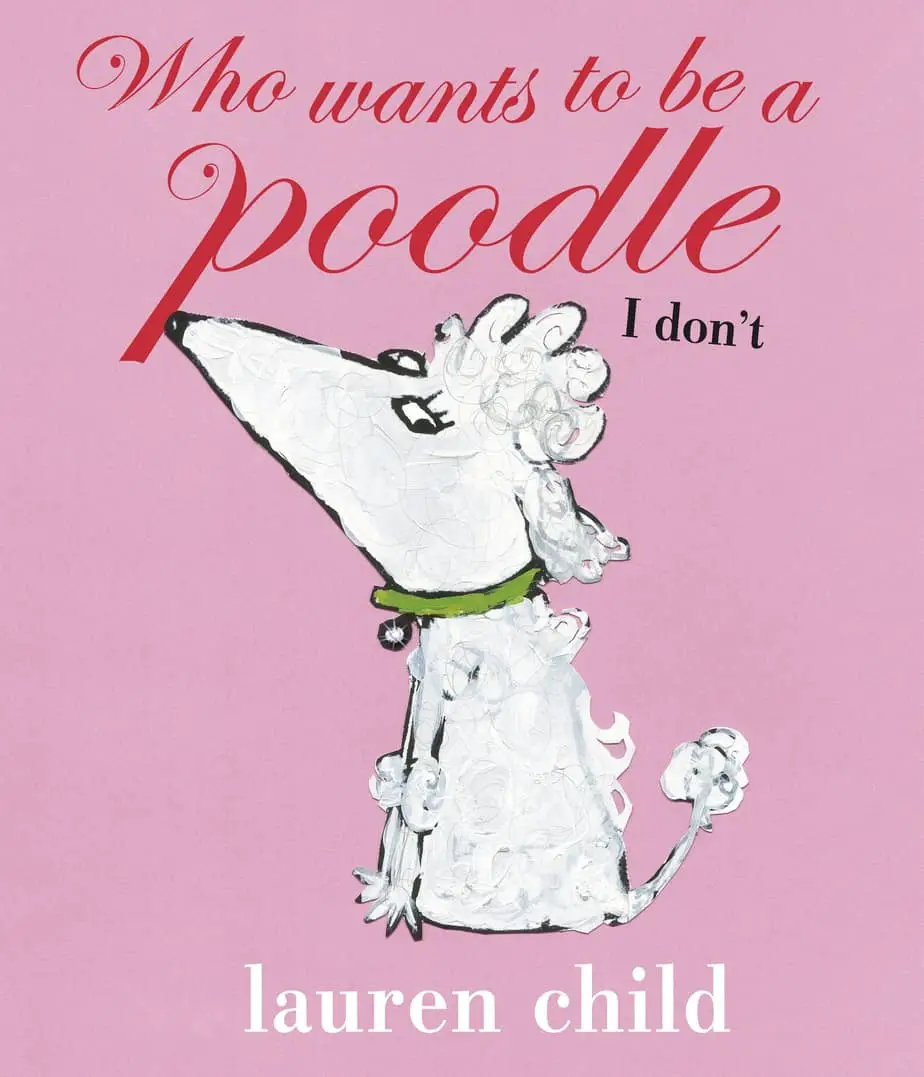
Who Wants To Be A Poodle I Don’t is my favourite Lauren Child picture book. I can see it being used in the classroom to teach the concept of the leitmotif, among other things.
-
Digital Illustration Tips and Hints
Layers and Merging Create lots of layers, periodically grouping and merging before the doc gets too cumbersome. When flattening, always ‘save as’ each version. Regular saving as (rather than just hitting save) will help you out if your software crashes and corrupts upon re-opening. You can flatten an old version and use as a reference
-
Transgression Comedy and The IT Crowd
Comedies have subcategories. One of those categories is the ‘transgression comedy’. The IT Crowd is a good example of a transgression comedy. About A Boy is another. Screenwriting experts usually give the example of Tootsie as the perfect example of this form, but I’m no particular fan of that film. It hasn’t aged well. It needs to be
-
How To Structure Any (Western-style) Story
Combining my study of film, novels, children’s literature and lyrical short stories, I’ve come up with a nine part story structure. Other cultures historically carve up stories differently. For instance, East Asian audiences expect different things from story, and also differ in the amount of work they expect to put in. Not all stories are
-
Composition In Film and In Picture books
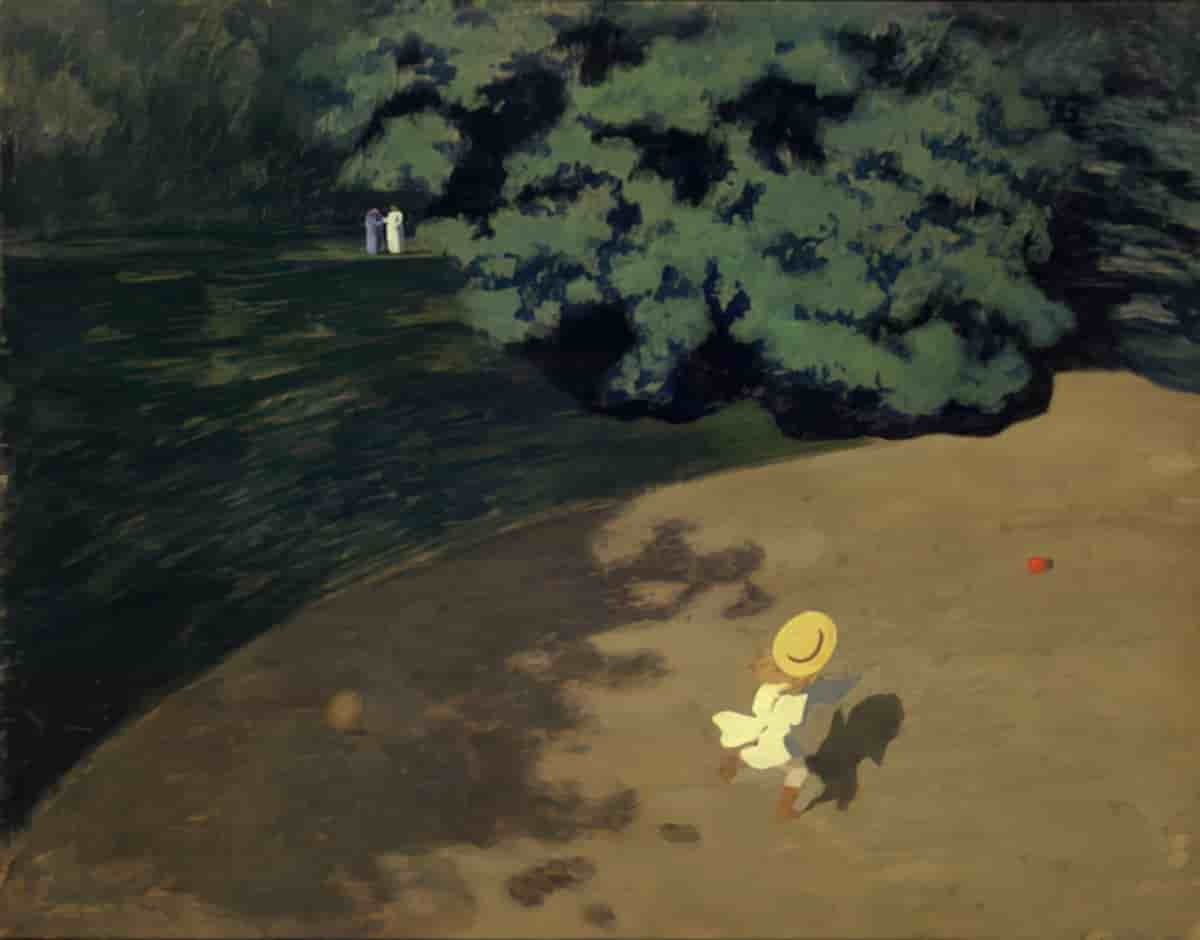
Ah, composition. How things are arranged on the page… or on the screen. I have written before about how picture books have a lot in common with film, and that study of one equals study of the other.
-
Swine Lake by James Marshall and Maurice Sendak
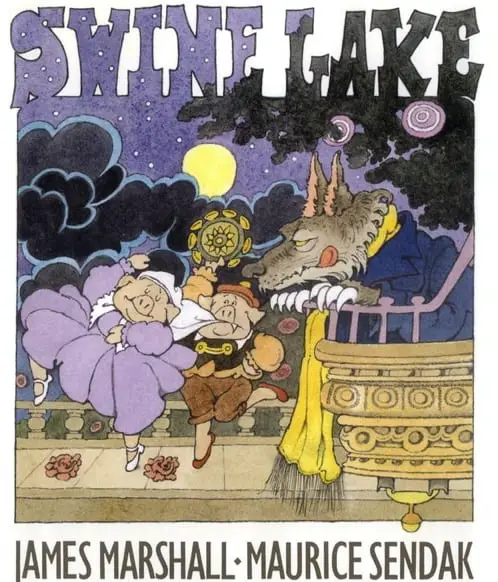
Swine Lake is a 1999 picture book by James Marshall, illustrated by Maurice Sendak. The humour is an example of ‘hero wears a mask‘ transgression comedy. About the Author and Illustrator If you’re American, perhaps you’re familiar with the following series: The author and illustrator of the George and Martha series also wrote other books, and
-
The Three Little Wolves And The Big Bad Pig by Eugene Trivizas and Helen Oxenbury Analysis
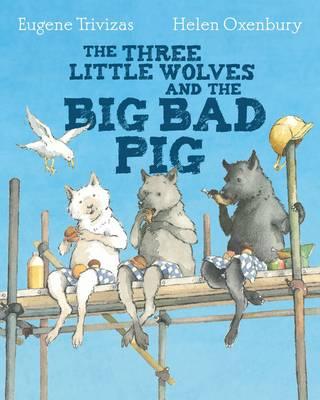
The Three Little Wolves and the Big Bad Pigs is not only an inversion on the classic tale, but also a subversion of the message. Basically, this is a fable for a rape culture world. PARATEXT Back in 1993, this book was a best seller and did well in a number of big prizes. Most of
-
Once by Morris Gleitzman (2006)
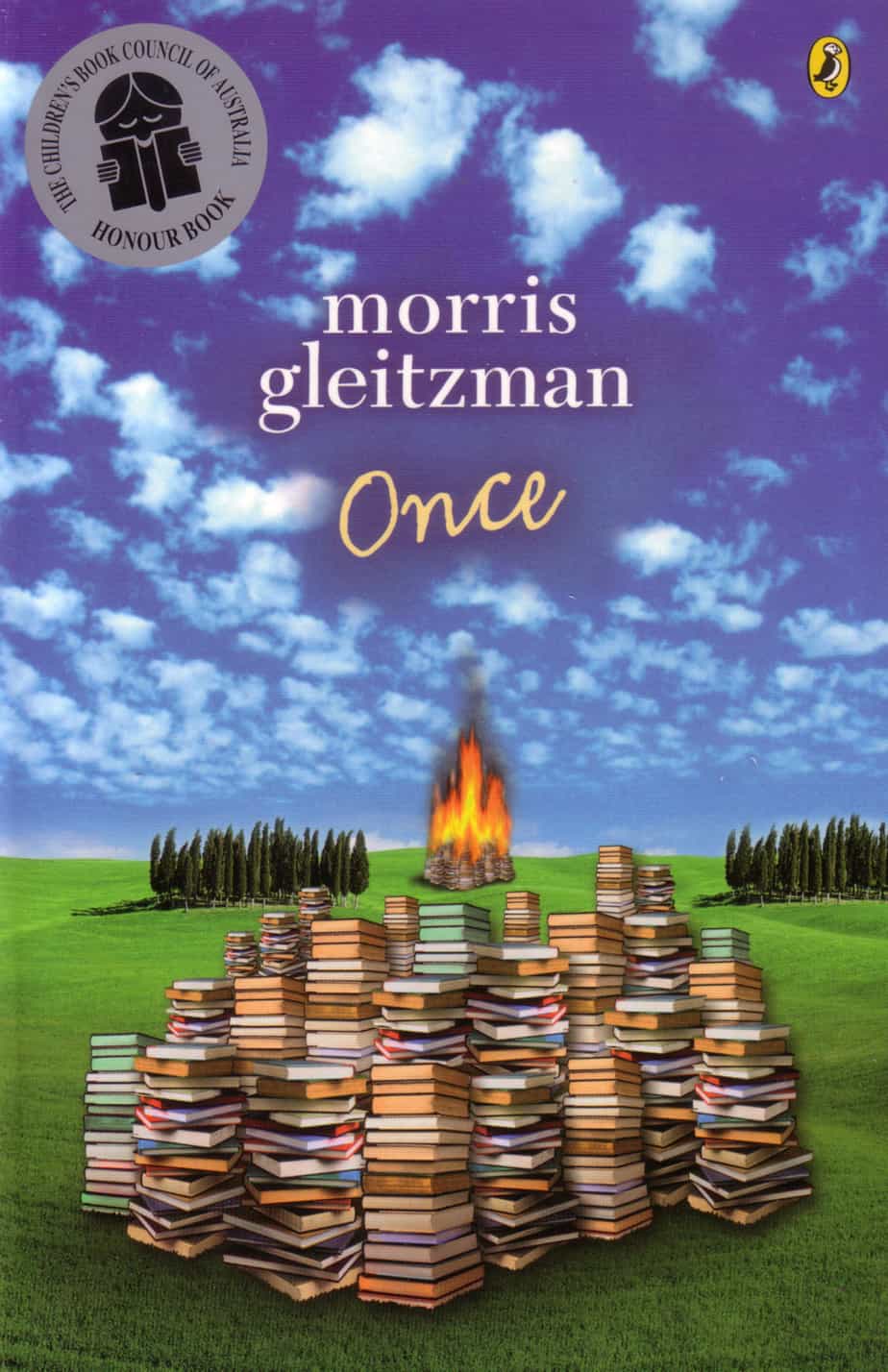
To celebrate the 10 year anniversary of Once by Maurice Gleitzman, an Australian middle grade novel by one of our best known children’s book authors, I’m going to take a close look at it using the 7-step story structure which applies to pretty much everything from advertisements to picture books to novels. The Redemptive Power